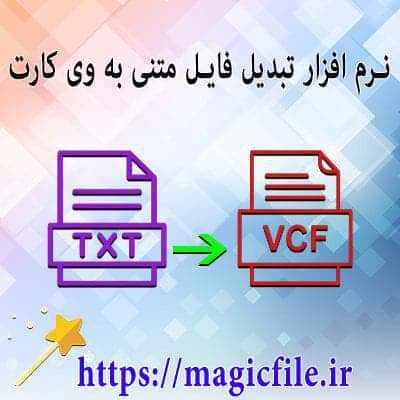INTRODUCTION TO CODEIGNITER SCRIPT
CodeIgniter is a powerful PHP framework aimed at developers who need a simple and elegant toolkit to create full-featured web applications. It is known for its performance, small footprint, and easy-to-use interface.
KEY FEATURES
One of its standout features is the MVC architecture. This allows for a clear separation of logic and presentation. Consequently, developers can focus on building applications without getting bogged down in complex code structures. Moreover, CodeIgniter provides a rich set of libraries for tasks like database manipulation, session management, and form validation.
INSTALLATION PROCESS
Installing CodeIgniter is a breeze. First, you need to download the latest version from the official website. After that, extract the files to your server's root directory. Finally, you configure the `config.php` file to set up your base URL and database credentials.
BUILDING A SIMPLE APPLICATION
To create a basic application, you start by defining routes in the `routes.php` file. Then, you can create controllers that handle user requests. For instance, a method in a controller could retrieve data from a model and load a view to display it. This intuitive flow makes development faster and more efficient.
SECURITY MEASURES
Security is paramount. CodeIgniter comes with built-in protection against common vulnerabilities. This includes XSS filtering and SQL injection prevention. By using its security features, you can safeguard your application against various threats.
CONCLUSION
In summary, CodeIgniter is an excellent choice for developers looking for a robust yet lightweight framework. With its easy setup, powerful features, and strong security, it stands out in the crowded landscape of PHP frameworks. Whether you are a novice or an experienced developer, CodeIgniter offers the tools necessary to build dynamic web applications efficiently.
اسکریپت CODEIGNITER
CodeIgniter یک فریمورک PHP است که به توسعهدهندگان وب این امکان را میدهد تا برنامههای کاربردی تحت وب را به سرعت و با کارایی بالا بسازند. این فریمورک، که به دلیل سادگی و انعطافپذیریاش شناخته میشود، به صورت ویژه برای پروژههای کوچک و متوسط طراحی شده است.
قابلیتها و ویژگیهای کلیدی
CodeIgniter از معماری MVC (Model-View-Controller) بهره میبرد. این ساختار به تفکیک کد کمک میکند. به عبارت دیگر، منطق برنامه، دادهها و رابط کاربری به شکل مجزا مدیریت میشوند. این ویژگی به توسعهدهندگان اجازه میدهد تا کدهای تمیز و قابل نگهداری ایجاد کنند.
علاوه بر این، CodeIgniter دارای مجموعهای از کتابخانهها و ابزارهای پیشساخته است. این ابزارها شامل مدیریت پایگاه داده، اعتبارسنجی فرمها و احراز هویت کاربر میشود. این کتابخانهها به توسعهدهندگان کمک میکند تا زمان توسعه را به حداقل برسانند و به راحتی به ویژگیهای جدید دسترسی پیدا کنند.
نصب و راهاندازی
نصب CodeIgniter بسیار ساده است. مراحل زیر را دنبال کنید:
- دانلود آخرین نسخه از وبسایت رسمی CodeIgniter.
- فشردهسازی فایلها را باز کنید و آنها را در دایرکتوری سرور خود قرار دهید.
- پیکربندی فایل `config.php` برای تنظیمات پایگاه داده و URL.
- اجرای برنامه از طریق مرورگر.
مستندات و جامعه
مستندات CodeIgniter بسیار کامل و جامع است. این مستندات شامل مثالهای کاربردی و توضیحات دقیق در مورد هر یک از قابلیتها میباشد. همچنین، جامعهای فعال از توسعهدهندگان این فریمورک وجود دارد که میتوانند به سوالات و مشکلات شما پاسخ دهند.
نتیجهگیری
در نهایت، CodeIgniter یک انتخاب عالی برای توسعهدهندگان مبتدی و حرفهای است. با ویژگیهای متنوع و سادگی در استفاده، این فریمورک میتواند به شما کمک کند تا وبسایتهای کارآمد و مقیاسپذیر بسازید. اگر به دنبال یک ابزار سریع و مؤثر هستید، CodeIgniter گزینهای مناسب است.





